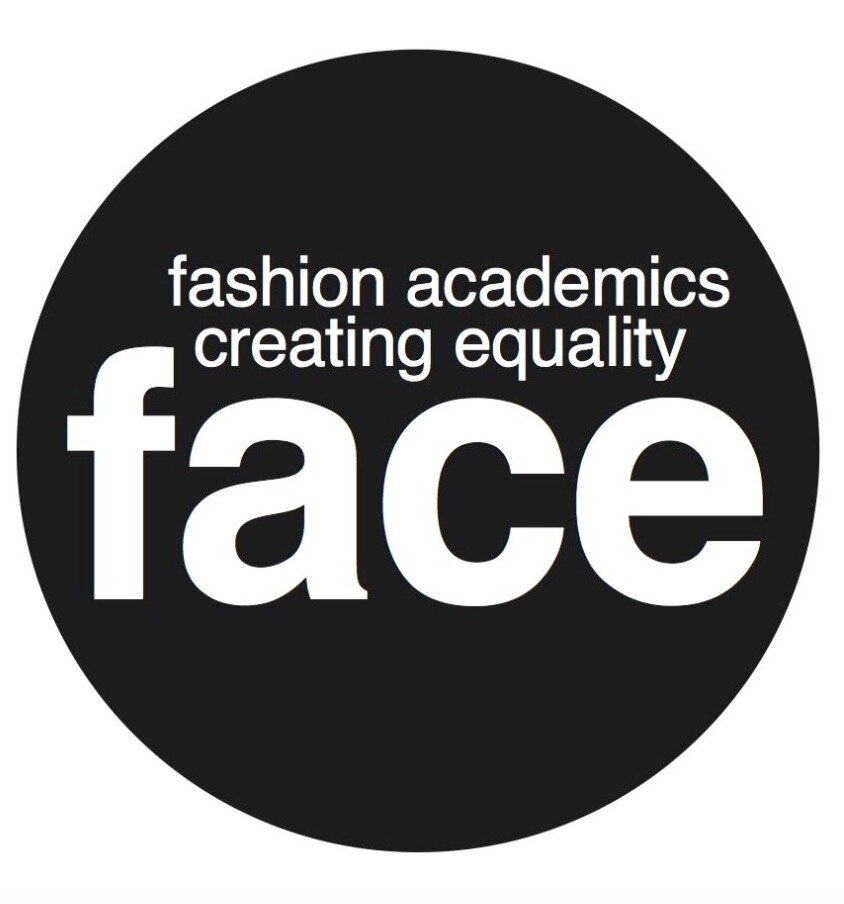FACE Race: Microaffirmations into actions
FACE RACE Teaching Resource: This companion page is one of many included in the Handbook. Download here.
Active listening and mirroring
Focus on hearing clearly what is being said by students, and reinforcing this understanding through use of eye contact, nodding, open body language, summarising statements and asking questions to confirm understanding.
Affirm student emotions
If a student discloses an experience (positive or negative) to us, verbally acknowledge and validate those feelings regarding this experience. Express affirming statements with genuine sentiment and appropriate body language.
Statements can be simple,
“I appreciate this is frustrating...”
“I can see you are really excited by this opportunity...”
“Thank you for sharing this with me, I can see you have strong feelings about this…”
If the experience is challenging, validate students’ feelings whilst guiding them to develop a productive perspective on their experience.
Where appropriate, signpost students to services and identify relevant resources and options available to them.
In recognising and validating students’ experiences, you do not have to agree with the student’s interpretation of the experience. Instead, focus on making it clear to the student that you understand the challenge of their experience, and that you are willing to help them consider productive ways of dealing with it. You can do this through using verbal, written and body language cues that show you care about what the student is saying and are interested in helping them.
